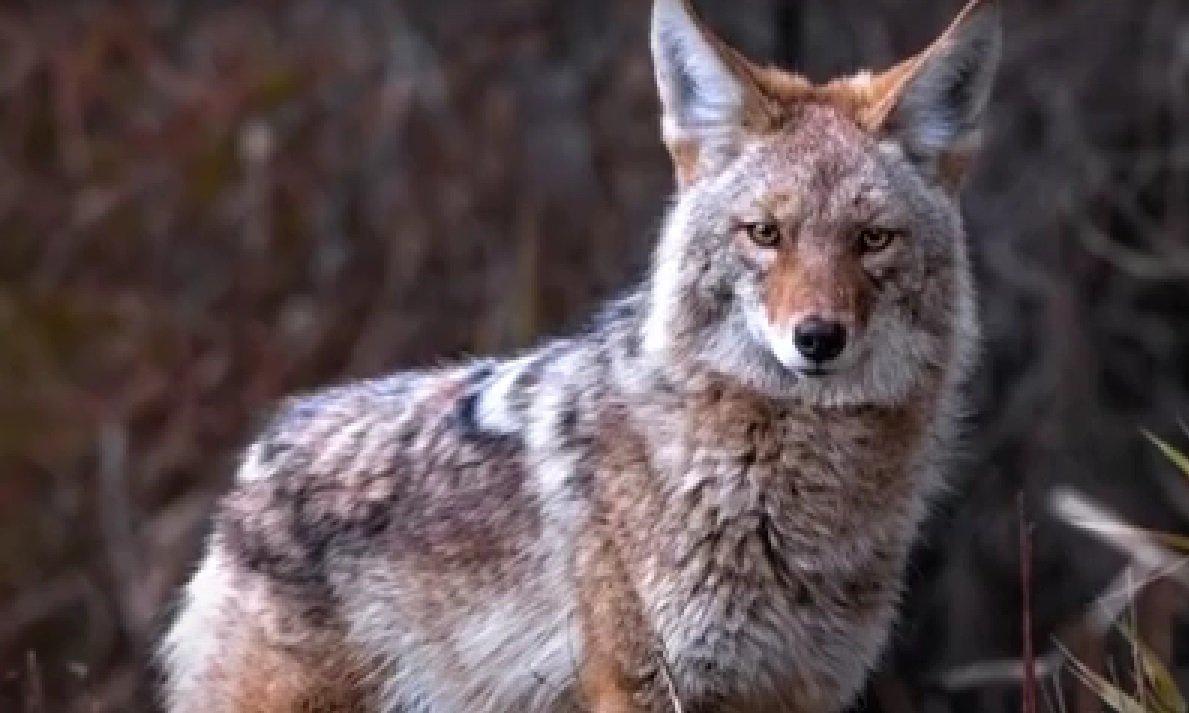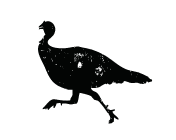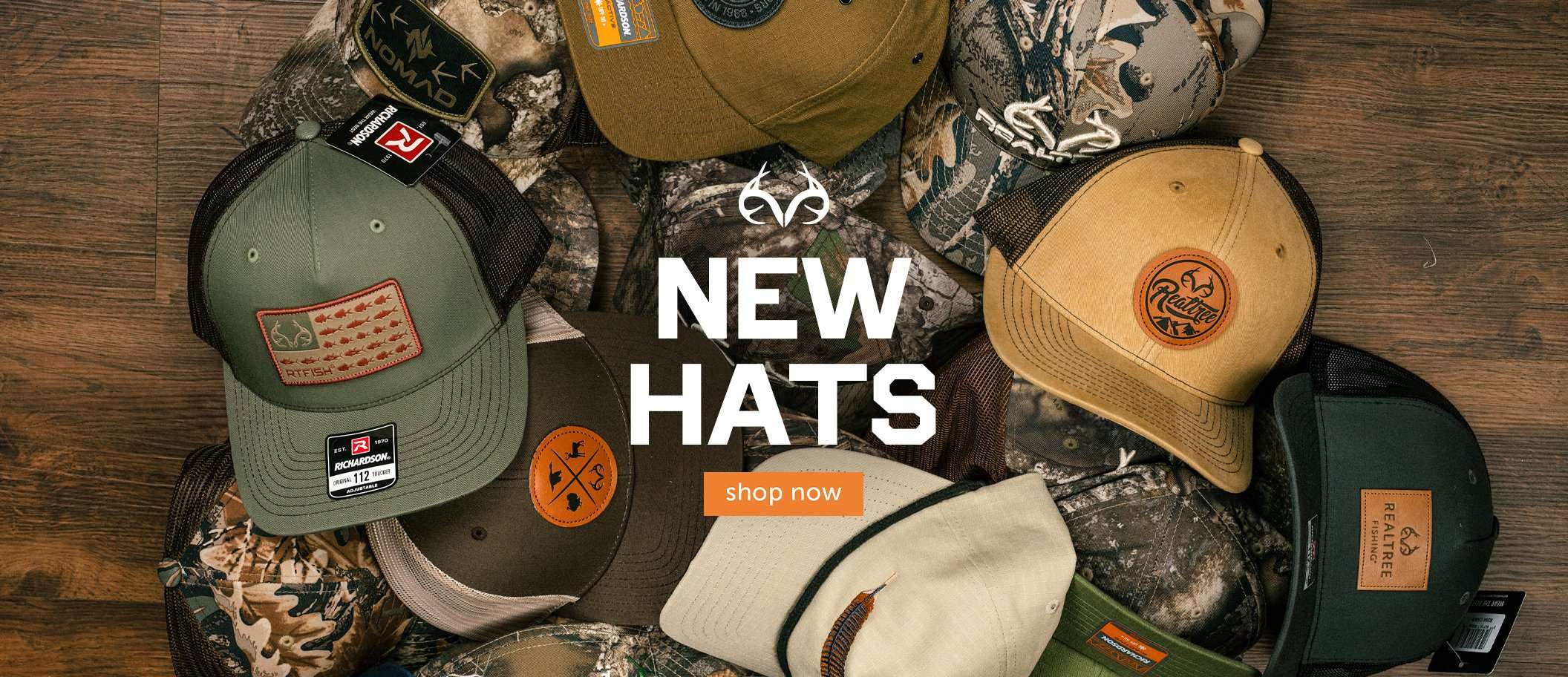Have you dreamed of traveling west and trying your hand at muleys with archery tackle? Here’s how to get started
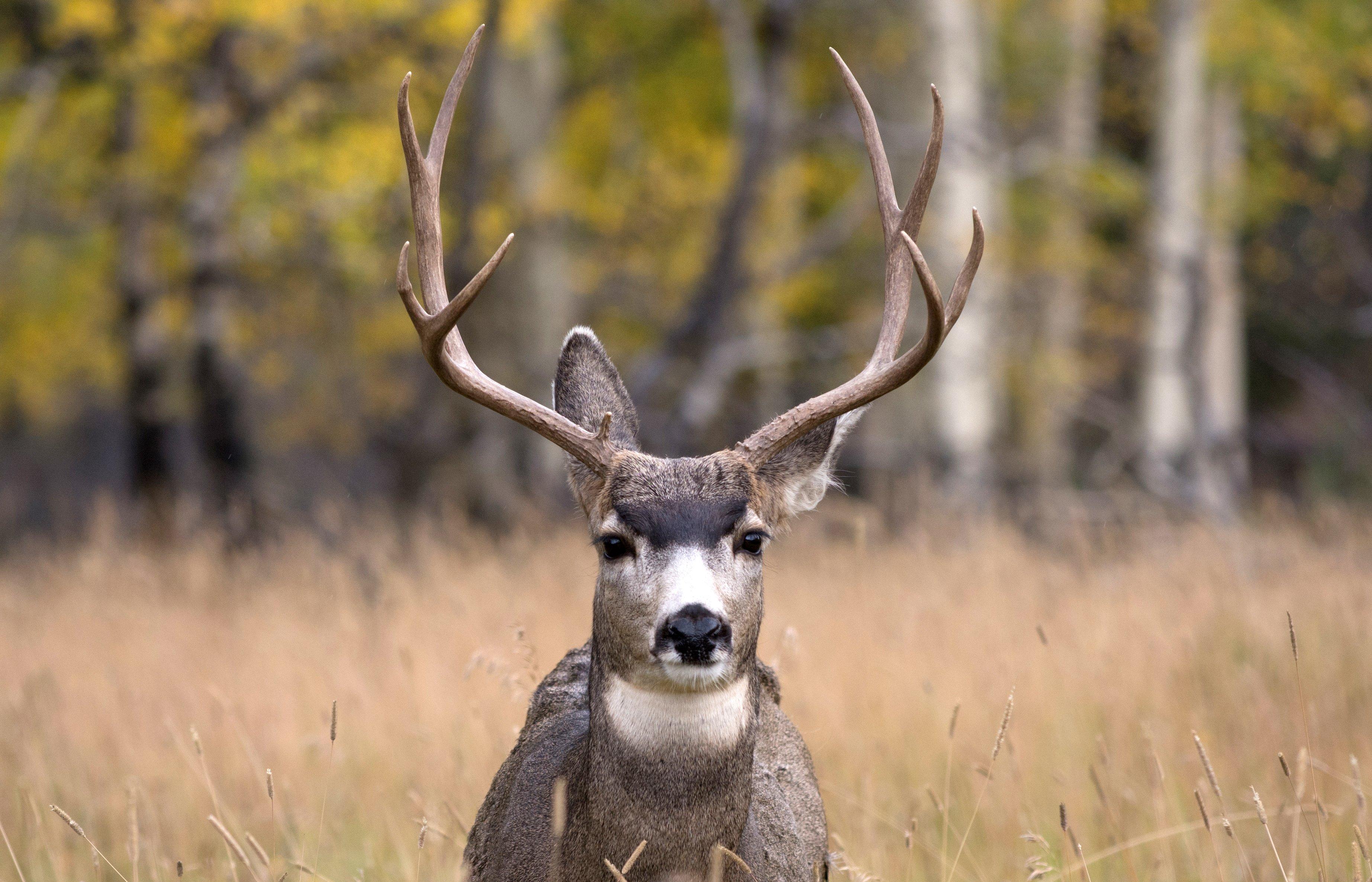
Mule deer inhabit the western half of the United States, from Mexico up to British Columbia. If you haven’t pursued them with archery tackle, you’re missing out on a unique challenge and a lot of fun. Photo by Tony Campbell.
When I peeked over the cut-bank edge, I saw antler tips. A careful stalk had landed me 23 yards from a dandy mule deer buck. With the approach complete, my next challenges were a steep inclined shot angle, the strange angle at which the buck was bedded, and a stiff crosswind.
After studying the buck and deciding where to aim, I drew my bow, shuffled closer to the bank edge on my knees, and then bent at the waist, somewhat like shooting from a tree stand. As I aimed, a crosswind moved my pin back and forth, but I focused and made a good shot.
CHECK OUT OUR LATEST CAMO PATTERN: REALTREE APX
The buck sprung to his feet, ran across the open hilltop I was on, and then dropped over the other side about 100 yards away. I bolted to where he had disappeared. Just beyond, the buck was already bedded and expiring. I expedited the process with an insurance arrow right behind the shoulder. The would-be 5-by-5 had broken a tine and was a 4-by-5 with excellent mass and deep forks.
If a hunt like that sounds thrilling, here are the basics to get started with planning your own mule deer hunt.
GUIDED OR DIY
The first issue: Will you hire an outfitter, or hunt on public land and maybe knock on some doors? Outfitted muley hunts run $3,500 to 4,000 on the low end. Hunts in which a 180-plus-inch buck is possible typically cost double that — even more than $10,000 in some cases. If those options work for you, outfitters in some places are issued tags for their clients, and they know where the bucks are.
If you can’t afford an outfitter, a do-it-yourself hunt makes sense. However, it isn’t as easy as buying a tag at Walmart on arrival. Almost all mule deer tags are distributed through drawings. Idaho has over-the-counter quota tags that sell out the day they go on sale in December. That means you’ll have to plan your mule deer hunt at least a year or several in advance. Some states use a point system that increases your odds of drawing with the accumulation of points, and a couple of states have random drawings in which everyone has equal chances.
DON’T MISS: Suck Out the Poison and Other Snakebite B.S.
On a DIY hunt, you’ll do all of your own scouting and hunting, so I highly suggest a mapping app such as HuntStand Pro or onX Hunt, which will help you find public access and landowner information. It will also help you identify likely habitats where you can find bucks, which varies by region.
LOCATION AND TACTICS
You know you’re officially out West when you see a mule deer. The easternmost edge of their range is basically along the Missouri River in South Dakota, and they occur anywhere between there and Washington, Oregon, and California. You’ll find them in Mexico and as far north as British Columbia and Alberta. They roam a lot of various habitats, from the table-flat deserts to the high mountain alpine and everywhere between.
Decide what type of hunt you want so you can settle on a location. The high country makes for a strenuous hunt requiring good physical fitness. At elevations exceeding 12,000 feet, flatlander folks will face a steep (pun intended) challenge. Plus, you’ll have to haul a heavy pack with everything required to eat, sleep, and hunt for several days. Expect hours behind glass and swirly winds to betray you during stalks. And, when you kill a buck, you’ll have to get the meat down the mountain to a cooler before it spoils.
Hunting in the timber is quite difficult. Some folks have success when they stumble upon a buck while elk hunting or by sitting in tree stands to catch bucks moving from timber down to agriculture. Here again, winds and thermals can blow your cover.
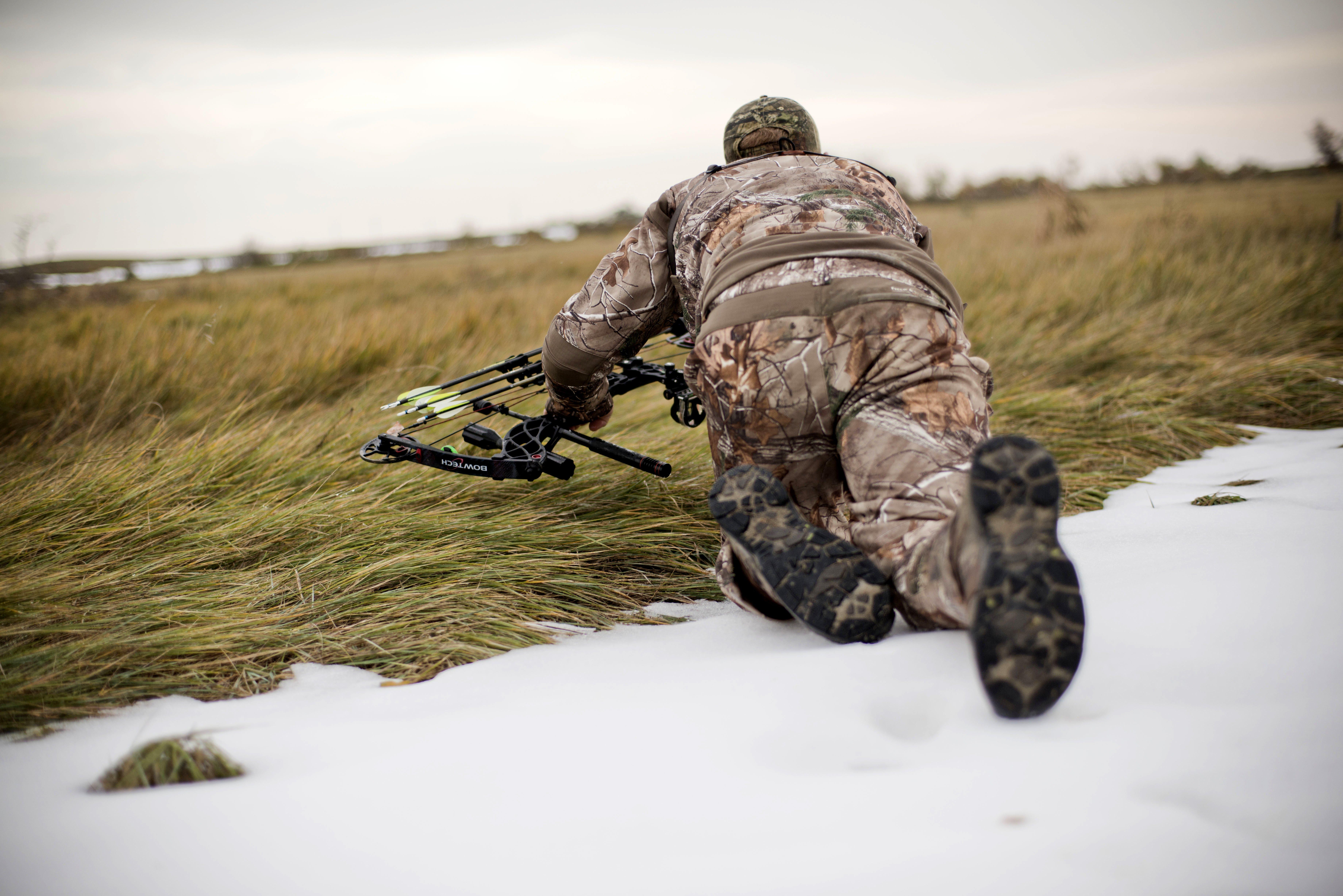
Most archery mule deer hunters find success by spotting a buck and then stalking in for a shot. The author has taken a handful of mature bucks this way. Photo by John Hafner.
Down on the prairies and deserts, winds are more predictable. Glassing for hours in the hot sun can be brutal. Stationary hunters enjoy some success at water sources, and active hunters can potentially turn up bucks bedded under trees or rock outcroppings in the daytime heat. Glass during mornings and late afternoons to catch deer moving in the cooler hours. When a target buck beds down, start planning your stalk. Pick landmarks along the route so you know where you are in relation to the buck at all times.
DON’T MISS: Michigan Bowfisher Shoots Possible World Record Koi
Where archery seasons coincide with the rut, aggressive hunters can have a blast, as mule deer bucks become very numbed by the breeding ritual. Aggressive moves and even decoys and calling can work. Often, the area’s most dominant buck will assemble a doe harem, and subordinate bucks will swarm the outskirts. The big boy usually puffs up with his ears pinned back and walks the intruders away from his ladies. When the opponent doesn’t back down, an all-out battle might break out. With all of the chaos, I’ve had bucks walk right by me, and I’ve also run right into the middle of a harem while the mature buck was distracted by an interloper.
GEAR AND CONCLUSION
The archery tackle you use for whitetails is fine. However, the average shot distance on mule deer is much longer than the average whitetail shot, so tighten up your archery game (see 5 Ways to Increase Your Effective Bowhunting Range). Also, practice shooting in the wind, as conditions are rarely calm out West.

Whether you hunt in the mountains or down on the plains and deserts, you’ll use your optics a lot on a mule deer hunt. Photo by John Hafner.
Quality optics are a must. In habitats with miles of visibility, mount a 10x42mm binocular to a tripod, which will let you pick apart the terrain and find deer more easily. From there, determine buck size with a spotter atop a tripod. Areas where visibility is half-mile or less are usually conducive to still-hunting. Keep your binos in a pouch/harness combo on your chest, and use them as you slip from glassing knob to glassing knob.
There’s a lot more to learn than I’ve covered here, but these basics for bowhunting mule deer will get you started.






